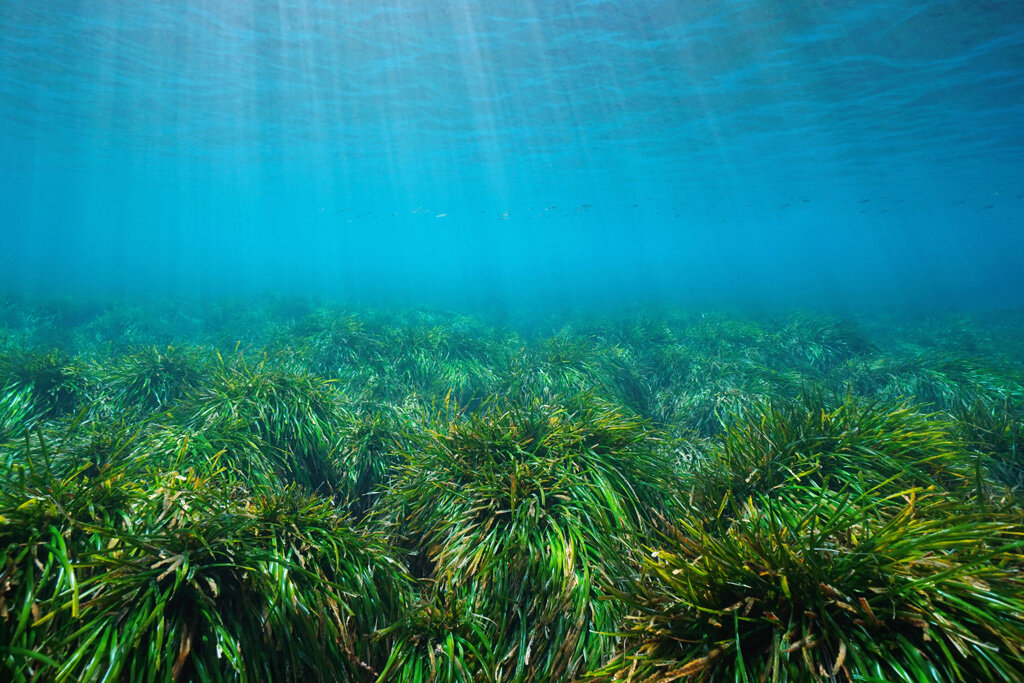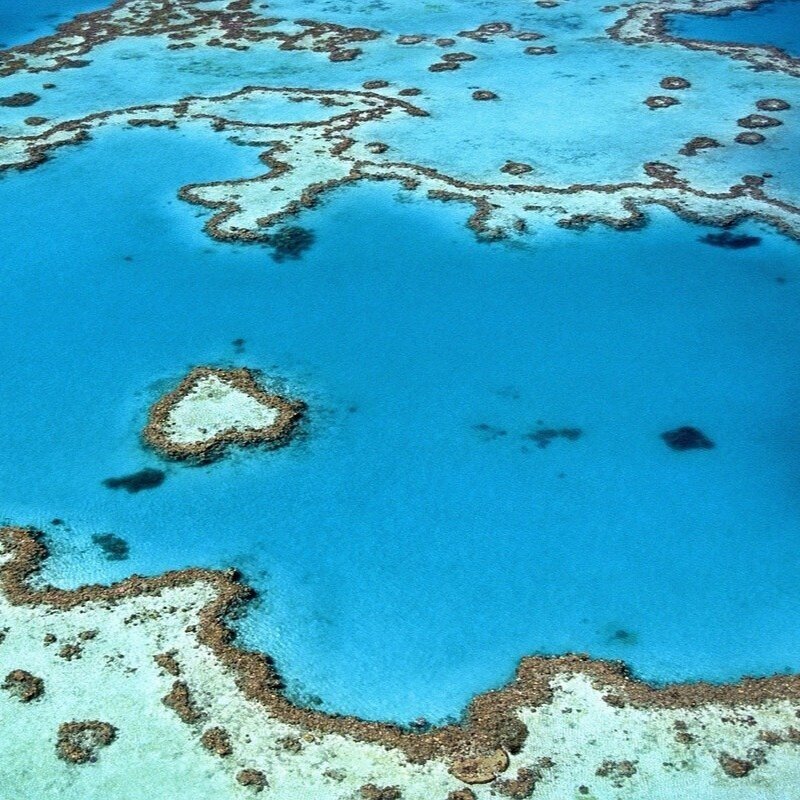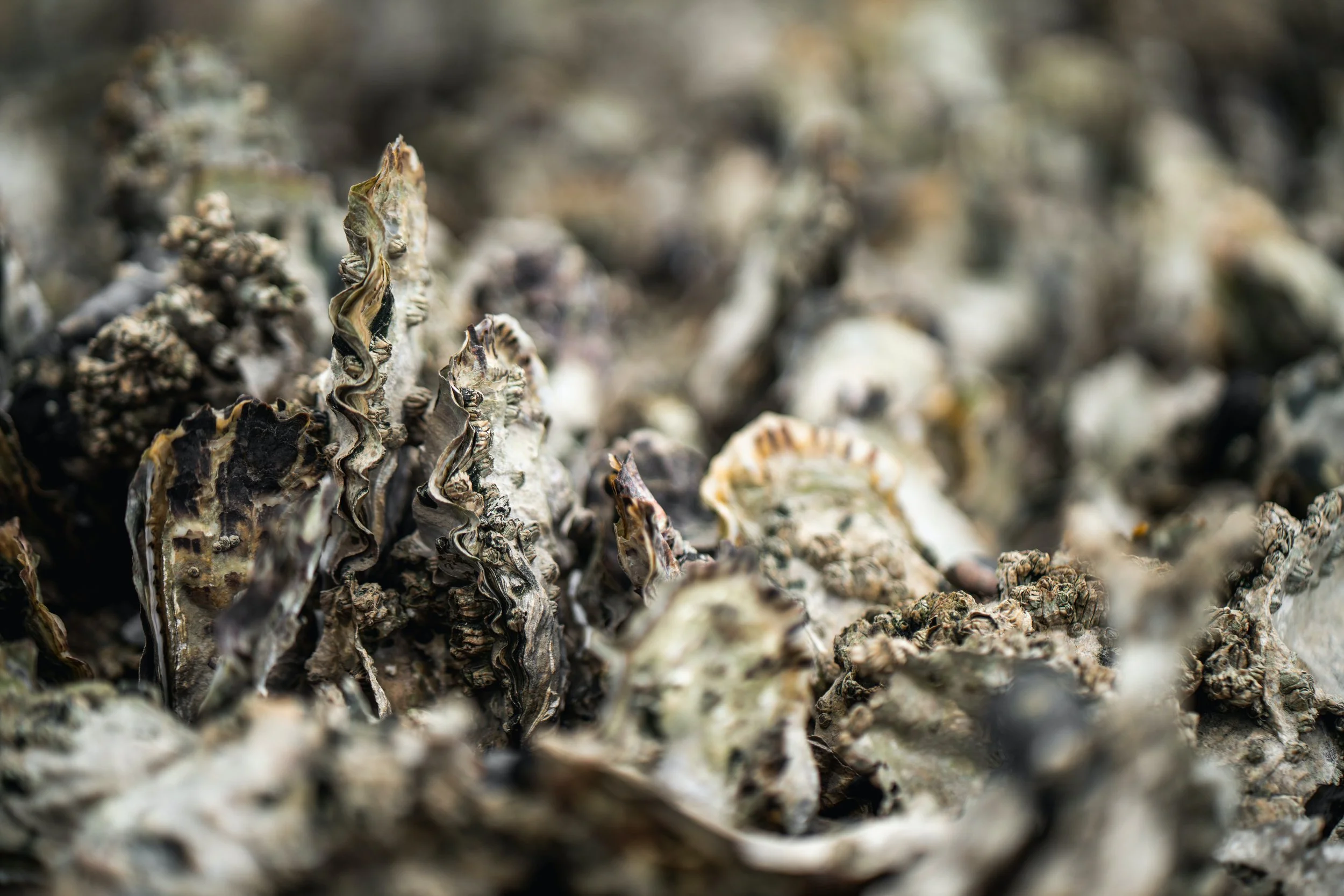
About the Marine Ecosystem Diaries Project
The Marine Ecosystem Diaries invites you on an exciting tour of the world's ocean ecosystems, and is the latest deep dive by the Marine Diaries into the watery world below.
From coral reefs, to deep sea hydrothermal vents, join us as we explore each important habitat, telling stories of the ocean through a variety of easily accessible and educational materials. The goal of this journey is to immerse the reader in the sights and sounds of these marine ecosystems. The core message of this project is the important role that these ecosystems play in our global climate, the contribution these systems make to the blue economy worldwide, and the billions of humans that rely on the health and wellbeing of these habitats. Many of these precious jewels are imperilled from various anthropogenic threats, and we hope to connect and inspire people from all parts of the globe to protect them.
This ambitious ocean literacy project is focused on nine different marine ecosystems, all of which play a different part in the direct support of over 3 billion people, the vast majority of which are in developing countries. In America, the UK, and across Europe, the blue economy contributes trillions to each country’s respective GDP. Not only that, but healthy marine ecosystems store carbon, support fisheries, create life-giving oxygen, and provide recreational opportunities. But, these are just a few of the services these ecosystems provide to every person on earth - whether near or far from the ocean.
Follow the links below to learn more about the different marine ecosystems, watch educational videos, or download the free posters.
ecosystems
Coral Reefs: The Rainforests of the Sea
Like tropical rainforests, coral reefs have a mind-boggling richness of life. In fact, coral reefs are among the most productive ecosystems on earth.
From the Coral Triangle to the Red Sea to the famous Great Barrier Reef, these epicentres of life support hundreds of marine animals at a vast array of different stages in their life cycles, such as juvenile fish looking for protection, or a wise old turtle returning for some pampering by cleaner wrasse.
Corals build hard skeletons made up of calcium carbonate which protect their fragile soft tissues, and are dependent on algae living inside their tissues to survive.
Learn about coral reefs by exploring our articles, watching our video on coral reefs, or downloading a free illustrated poster.
Contributors
Research: Heather Baxter and Rebecca Daniel.
Video: Editing and script by Duncan Fraser, voiceover by Inka Cresswell.
Footage: Inka Cresswell, Coral Gardeners, Cherie Bridges, Pedro Furtado, Peter Kragh, Dr. Peter Morse, Charles Sleddon-Plant, Blue Corner Dive, Katie Storr, SECORE International, Dimitri Chant, and Jacinta Shackleton.
Poster: Illustration by Bethany Morgan-Davis, watercolour by Erin Sheffield, graphic design by Janina Rossiter.
Open Ocean: The Big Blue
The open ocean (or pelagic zone) is the largest ecosystem on Earth, covering 64% of the ocean surface and 45% of the entire Earth’s surface. It’s classified as the areas away from the continental shelf and above the seafloor.
The open ocean is divided into 5 zones according to depth: Epipelagic, Mesopelagic, Bathypelagic, Abyssopelagic, & Hadopelagic. Floating about in the vastness of the open ocean are trillions of microscopic organisms. The open ocean is also home to the largest organism on the planet (the blue whale), who makes huge vertical migrations hundreds of metres deep in search of food.
Learn about the open ocean by exploring our articles, watching our video on the open ocean, or downloading a free illustrated poster.
Contributors
Research: Emma Williams and Rebecca Daniel.
Video: Editing and script by Hedvika Michnova, voiceover by Bianca Uyen.
Footage: Emma Williams, Alexander Semenov, Bianca Uyen, David Girsh, Dr. Peter Morse, Felicity Flashman, Greenpeace, Jenna Crowe-Riddel, John Wheeler, Karim Iliya, Marine Conservation Society, Natasha Ewins, Pedro Furtado, Dive Buddies for Life, Whale Watch Kaikoura, and Blue Ventures.
Poster: Illustration by Ruchi Mittal, graphic design by Janina Rossiter.
hydrothermal vents: Geysers of the Deep
The deep sea encompasses all oceanic waters deeper than 200m, where light begins to vanish. It makes up 95% of the Earth's liveable space, yet only 5% has been explored to this day!
Hydrothermal vents are a critical habitat in the deep sea. Occurring in areas of volcanic activity, they spew waters as hot as 400°C! They were only discovered in 1977, but are already threatened by human activities.
Learn about hydrothermal vents by exploring our articles, watching our video, or downloading a free illustrated poster.
Contributors
Research: Courtney Fox, Millie Parks, and Rebecca Daniel.
Video: Editing and script by Matt Couldwell, voiceover by Alannah Vellacott.
Footage: Conservation International, Nautilus Live, Ocean Network Canada, and Schmidt Ocean Institute.
Poster: Illustration by Connie Whiting, graphic design by Janina Rossiter.
Kelp Forests: The Sequoias of the Sea
Kelp forests are found in polar and temperate waters, and cover 25% of the world’s coastlines. They are one of the most productive ecosystems on Earth.
There are over 100 species of kelp, but the most commonly known are giant kelp and bull kelp. Although they look like plants, kelps are actually brown seaweeds (macroalgae) that can grow to heights of up to 60m!
Just like a regular forest, they harbour life from the smallest of creatures to larger animals, like sea otters, seals, and sharks who use the different layers of the ecosystem.
Learn about kelp forests by exploring our articles, watching our video, or downloading a free illustrated poster.
Contributors
Research: Ben Crake and Rebecca Daniel.
Video: Editing and script by Oliver Barham, voiceover by Julz Braatvedt.
Footage: Felicity Flashman, Duncan Fraser, Elise Gibbins, Megan Hayes, Karim Iliya / Kogia, NOAA Office of National Marine Sancturaries, Keith Roetsart / Wild Hope Collective, and Cape RADD.
Poster: Illustration by Shaundra Schultz, graphic design by Janina Rossiter.
Seagrass Beds: Prairies of the Sea
There are over 70 species of seagrass spread throughout every continent in the world, except Antarctica.
The only flowering plant found in the ocean, seagrasses form fantastic habitats which host megafauna like dugongs, manatees and turtles, as well as smaller critters. A single acre of seagrass can support millions of organisms!
Seagrass beds are 35 times more effective at capturing carbon than rainforests, and account for more than 10% of the carbon captured by the ocean.
Learn about seagrass beds by exploring our articles, watching our video, or downloading a free illustrated poster.
Contributors
Research: Lewis Hawkins and Rebecca Daniel.
Video: Editing and script by Gemma Wearing, voiceover by Hannah Stitfall.
Footage: Jake Davies, Elise Gibbins, Ellie Marsh, Francisco Martinez Baena, Frank Melvin, Shannon Moran, Seabin Project, and Project Seagrass.
Poster: Illustration by Jennifer Thomson, graphic design by Janina Rossiter.
Rock pools: Windows to the Sea
Twice a day a hidden world becomes visible to the naked eye…
Rock pools (or tide pools) can be found in intertidal environments around the globe. The location and depth of pools across the intertidal zone are critical to which organisms can inhabit them.
Rock pools are fantastic educational tools, and are often our first encounter with the ocean. But it's important to remember that there are plenty of organisms living in these pools that we can be easily hurt by prying fingers or feet!
Learn about rock pools by exploring our articles, watching our video, or downloading a free illustrated poster.
Contributors
Research: Millie Parks and Rebecca Daniel.
Video: Editing and script by Saskia Sichermann, assisted by Arran Moran, voiceover by Christina Sinclair.
Footage: John Whittier / Alaska Motion Pictures, California Tide Pools, Tom Daguerre / Hydromotionmedia CIC, Duncan Fraser, Mark Gee, Frank Melvin, William Parkinson, Nick Proctor, Saskia Sichermann, Christina Sinclair, Claire Spelling, and Martin Stevens.
Poster: Illustration by Rachel Thomson, graphic design by Janina Rossiter.
Mangrove Forests: The Roots of the Sea
Situated along tropical and sub-tropical coastlines, from Indonesia to the Caribbean, mangrove forests support a plethora of life, both above and below the water.
These unique salt-tolerant trees and their complex root systems provide a safe environment for juvenile marine species, and protect the coast from erosion.
Learn about mangrove forests by exploring our articles, watching our video, or downloading a free illustrated poster.
Contributors
Research: Alessandra Polo and Rebecca Daniel.
Video: Editing and script by Jessica Mitchell, assisted by Arran Moran, voiceover by Dan O'Neill.
Footage: CIFOR, Inka Cresswell, EcoViva, EnviroLab Asia, Mangrove Action Project, Mangrove Maniacs, MBC, Alessandra Polo, and Charlotte Sams.
Poster: Illustration and graphic design by Janina Rossiter.
Shellfish Reefs: Filters of the Sea
Shellfish reefs inhabit coastlines around the world, and have been shaping the health of the ocean for millions of years.
Comprised of large aggregations of mussels, oysters, or clams, these reefs filter water at an impressive rate. And they provide vital habitat for juvenile fish, vulnerable invertebrates, and even other shellfish!
Learn about shellfish reefs by exploring our articles, watching our video, or downloading a free illustrated poster.
Contributors
Research: Angela Beaton and Rebecca Daniel.
Video: Editing and script by Megan Hayes, assisted by Arran Moran and Duncan Hodur Scharpf, voiceover by Karim Iliya.
Footage: Francisco Martinez Baena, Megan Hayes, Lance Cpl. Jacob Prescott / DVIDS, Florida Oceanographic Society, The Nature Conservancy Australia, and Revive Our Gulf.
Poster: Illustration by Cher Chow, graphic design by Janina Rossiter.
Polar Seas: Beneath the Ice
The poles hold the most remote seas on the planet.
The northern ocean, the Arctic Ocean, is the Earth’s smallest ocean and is a frozen sea surrounded by three continents.
The Southern Ocean, the sea surrounding Antarctica, is 20 million km2 of polar ocean that surrounds the world’s southernmost landmass.
Learn about the polar seas by exploring our articles, watching our video, or downloading a free illustrated poster.
Contributors
Research: Tyler Sims and Rebecca Daniel.
Video: Editing and script by Arran Moran, assisted by Vítězslav Toř, voiceover by Lizzie Daly.
Footage: Jade Berman, Carbon Brief, Claire Goodwin, Sabrina Heiser, Karim Iliya / Kogia, Jonathan James, Dr Diana W. Krawczyk, Greenland Climate Research Centre, Michael Maes, Emily Priestly, Sarah Reed, Alexander Semenov / Aquatilis, Dr Terri Souster, South Atlantic Environmental Research Institute, Peter Webster, and Porcupine Marine Natural History Society.
Poster: Illustration by Erin Sheffield, graphic design by Janina Rossiter.









